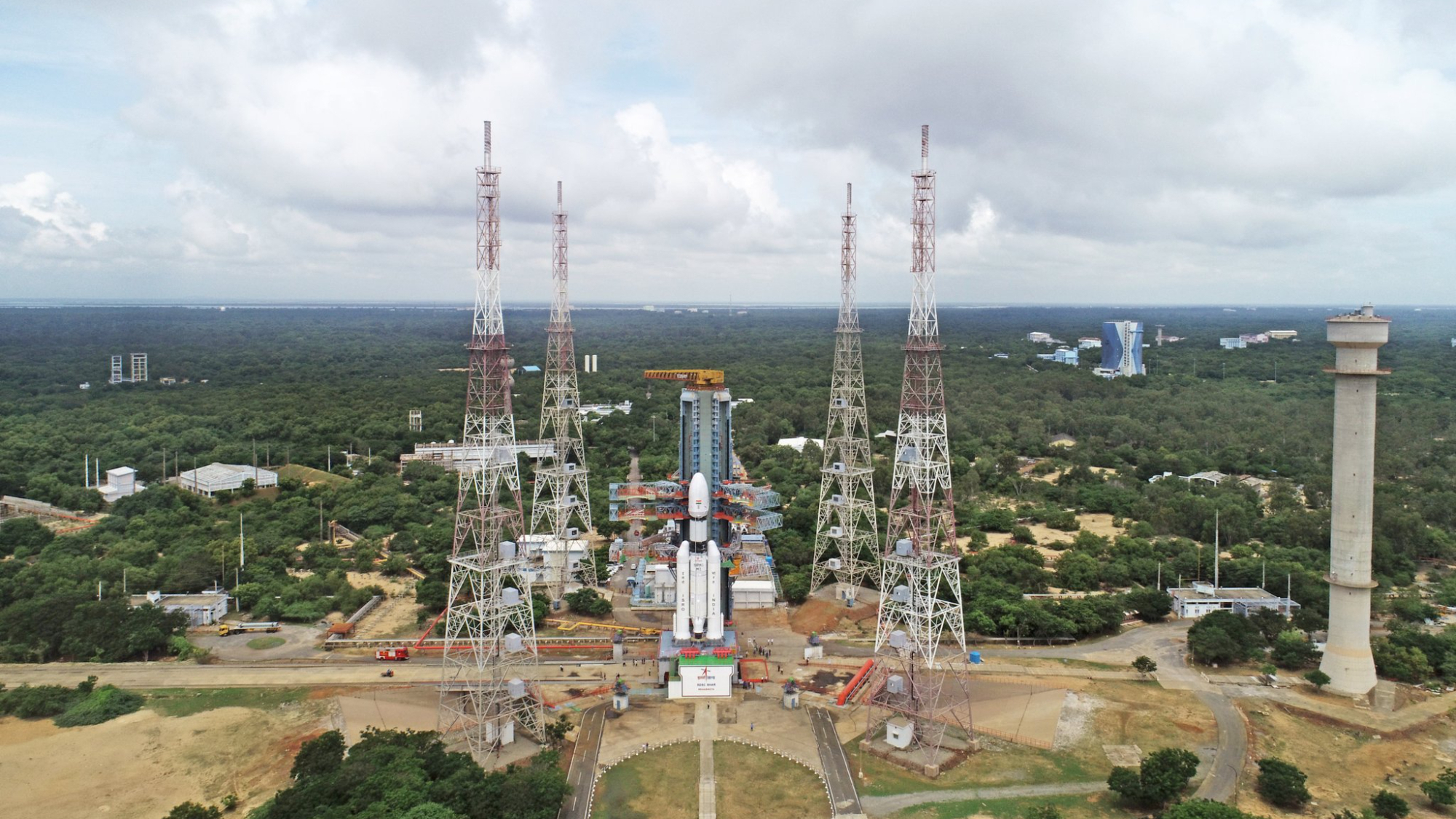House-sized asteroid zooms by Earth in close flyby
A newly-discovered asteroid about the size of a house is passing close by Earth on Monday (March 28) but is no cause for alarm.
The asteroid, called 2022 FB2, is about 49 feet (15 meters) across and will approach within 93,400 miles (150,000 kilometers) when it whizzes by our planet, according to a NASA chart of asteroid flybys. For comparison, the average distance between the Earth and moon is about 239,000 miles (385,000 kilometers).
Astronomers first detected 2022 FB2 on Saturday (March 26), according to a NASA database.
Monday's flyby follows on the heels of another asteroid, called 2022 FD1, that passed within just 5,400 miles (8,700 kilometers) of Earth on Thursday (March 24). That asteroid was discovered by astronomer Krisztián Sárneczky, who announced the find on Twitter. Asteroid 2022 FD1 is a tiny space rock, with the largest estimates pegging it at about 12.1 feet (3.7 meters), according to a database maintained by NASA's Center for Near Earth Object Studies (CNEOS) at the Jet Propulsion Laboratory (JPL) in Pasadena, California.
Recently, Sárneczky also discovered an asteroid called 2022 EB5, which actually hit the Earth on March 11 and burned up over the Norwegian Sea. It was discovered just two hours before impact, with astronomers quickly making follow-up observations that allowed NASA's Scout impact hazard system to predict where and when 2022 EB5 would hit Earth's atmosphere.
"Tiny asteroids like 2022 EB5 are numerous, and they impact into the atmosphere quite frequently — roughly every 10 months or so," NASA's Paul Chodas, the director of CNEOS at JPL, said in a statement. "But very few of these asteroids have actually been detected in space and observed extensively prior to impact, basically because they are very faint until the last few hours, and a survey telescope has to observe just the right spot of sky at the right time for one to be detected."
Chodas and other scientists around the world regularly keep watch for what NASA calls "potentially hazardous asteroids" with orbits that bring them within 4.6 million miles (7.5 million km) of the Earth.
Breaking space news, the latest updates on rocket launches, skywatching events and more!
Email Tariq Malik at tmalik@space.com or follow him @tariqjmalik. Follow us @Spacedotcom, Facebook and Instagram.
Join our Space Forums to keep talking space on the latest missions, night sky and more! And if you have a news tip, correction or comment, let us know at: community@space.com.

Tariq is the award-winning Editor-in-Chief of Space.com and joined the team in 2001. He covers human spaceflight, as well as skywatching and entertainment. He became Space.com's Editor-in-Chief in 2019. Before joining Space.com, Tariq was a staff reporter for The Los Angeles Times covering education and city beats in La Habra, Fullerton and Huntington Beach. He's a recipient of the 2022 Harry Kolcum Award for excellence in space reporting and the 2025 Space Pioneer Award from the National Space Society. He is an Eagle Scout and Space Camp alum with journalism degrees from the USC and NYU. You can find Tariq at Space.com and as the co-host to the This Week In Space podcast on the TWiT network. To see his latest project, you can follow Tariq on Twitter @tariqjmalik.

